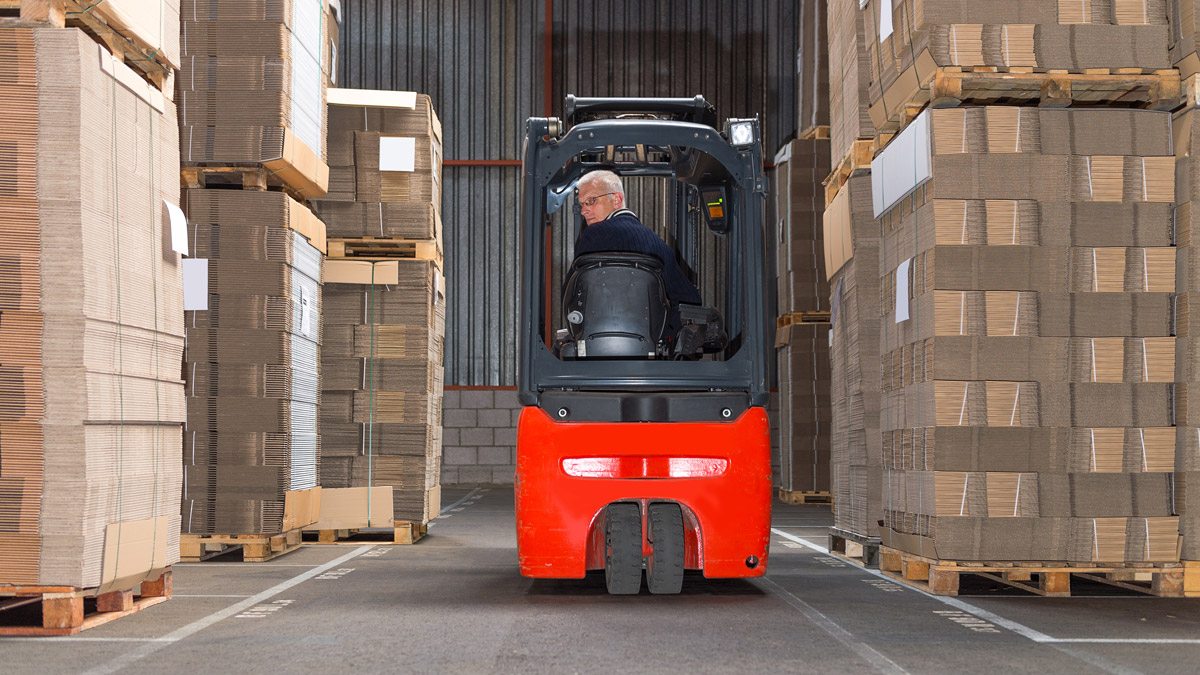The New ‘Must Have’ for Ecommerce: Reverse Logistics
‘Free Shipping’. Not too long ago, adding this feature to your ecommerce website was sure to attract more customers. Today, if you don’t offer free shipping, you better have a good reason why because it’s become a basic expectation.
Not only have ecommerce retailers been forced to include free shipping in their offering, but they’ve had to cut shipping times from days to, in some cases, hours.
In a way, ecommerce was forced to completely change accepted shipping times, that had been in place for decades, just to survive. Most of us can remember those days where we would weigh buying something online, and incur the cost and wait time, or simply pop out to a bricks and mortar to get it now with no shipping costs. Today, unless there’s a pressing need to hold a product on your hand, you are much more likely to choose the ecommerce option.
But, just when you think you got this thing licked, someone emails to tell you she wants to return a purchase.
Traditionally, ecommerce retailers have taken a ‘fingers-crossed’ position on returns; hoping they don’t happen and simply swallowing the cost if they did. In other words, returns were simply a cost of doing business.
But a look at ecommerce return-rate statistics shows a number of reasons why you need to be as deliberate and efficient with your return policy and programs as you are with your shipping and delivery.
- At least 30% of all products ordered online are returned, versus 8.89% returned to bricks and mortar stores. That means returns are a larger part of conducting an ecommerce business versus a bricks and mortar store.
- 49% of ecommerce retailers offer free returns. Just one more percentage point and most ecommerce retailers will offer free returns. You don’t want to be left behind.
- 67% of shoppers check the returns page on ecommerce sites before shopping. If they don’t find what they want to see (free returns) you lose them and the investment you made to getting them to your site in the first place.
- 92% of shoppers will buy again if returns are easy, so it’s a great way to keep your customers.
Handling Returns Means Reverse Logistics
Considering that your return policy, process and supply change are an opportunity, not a “cost item”, you need the right planning and logistics to manage your returns.
More than simply regular logistics working backwards from the customer, your reverse logistics supply chain needs to be set up so your company can benefit the most.
For example, in addition to returns, a reverse logistics program could be the platform on which your buy back or trade-in programs operate.
Inventory Management
When you start looking at your returns, trade-ins and buy backs as inventory, it becomes easier to view them as something other than … returns. Inventory has value, returns often do too. Your reverse supply chain might need to be ready to assess and manage refurbishment, handle liquidation, testing and QA, and, again, shipping and delivery.
A major part of all this is inventory route planning, starting with the pick-up point for the returned product, either the customer sends it to you by mail/courier, or drops it off somewhere.
Distribution Centre
Having the supply chain and inventory route management in place to handle returns can’t happen unless your distribution centre and your staff can handle your reverse logistics.
If you are late to the reverse logistics game, you may need to scale your company sooner than later to avoid falling further behind your competition. So you could scramble to find ways to expand you own capacity, or use a third-party logistics company to take up the slack while you put in the time and resources needed to set up your reverse logistics properly.
Call us here at PiVAL if you would like to learn more about reverse logistics and how we can help.
Stay Up-To-Date
There's always something new from PiVAL



Comments are closed.